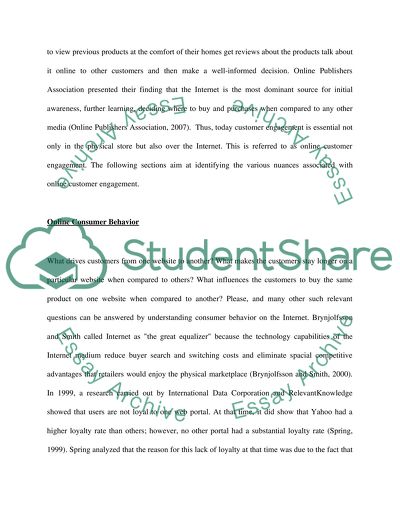Cite this document
(Online Consumer Engagement Literature review Example | Topics and Well Written Essays - 2750 words, n.d.)
Online Consumer Engagement Literature review Example | Topics and Well Written Essays - 2750 words. Retrieved from https://studentshare.org/marketing/1518775-online-consumer-engagement
Online Consumer Engagement Literature review Example | Topics and Well Written Essays - 2750 words. Retrieved from https://studentshare.org/marketing/1518775-online-consumer-engagement
(Online Consumer Engagement Literature Review Example | Topics and Well Written Essays - 2750 Words)
Online Consumer Engagement Literature Review Example | Topics and Well Written Essays - 2750 Words. https://studentshare.org/marketing/1518775-online-consumer-engagement.
Online Consumer Engagement Literature Review Example | Topics and Well Written Essays - 2750 Words. https://studentshare.org/marketing/1518775-online-consumer-engagement.
“Online Consumer Engagement Literature Review Example | Topics and Well Written Essays - 2750 Words”, n.d. https://studentshare.org/marketing/1518775-online-consumer-engagement.


